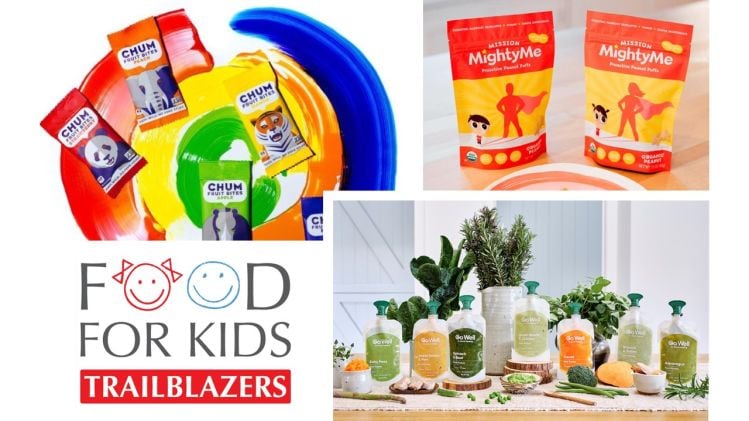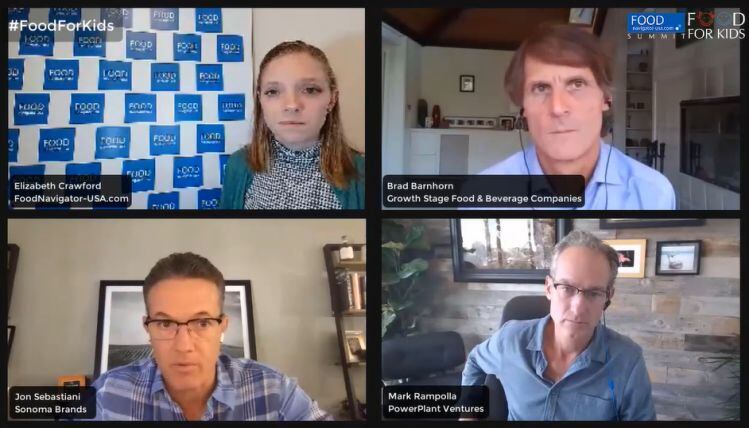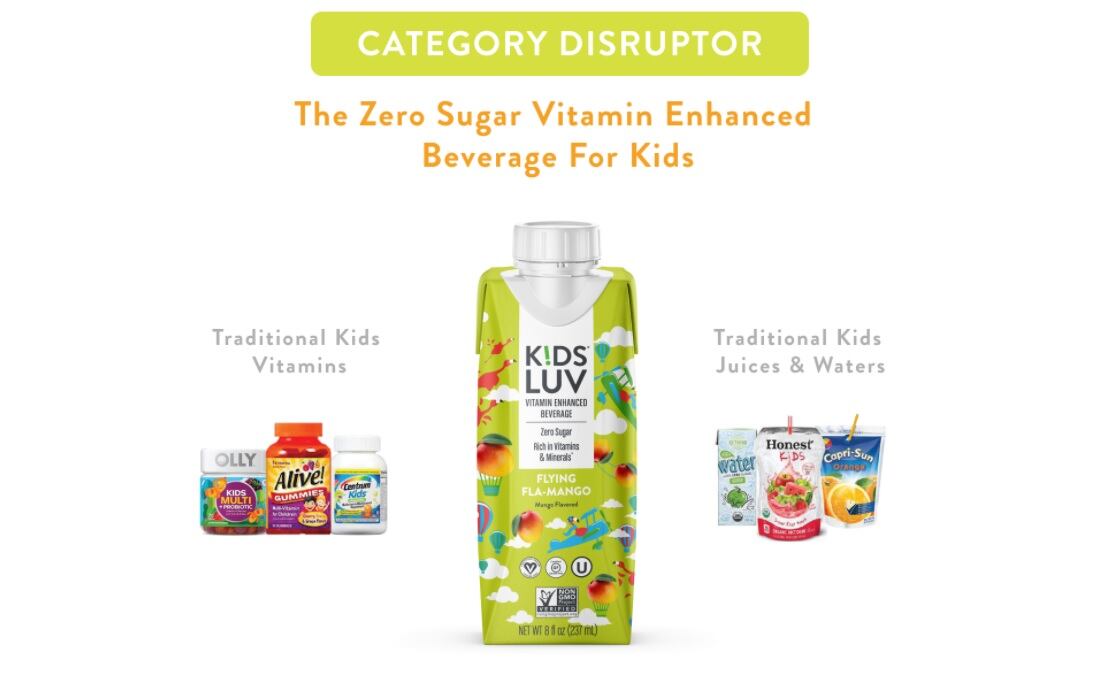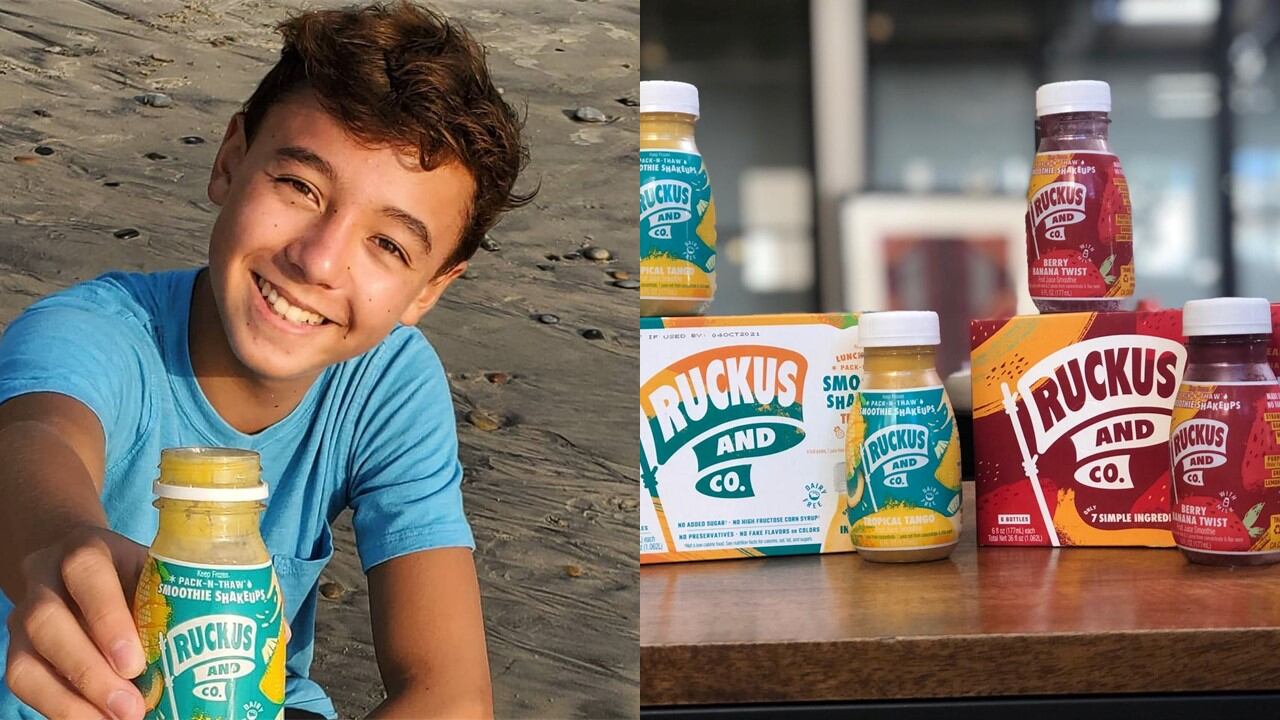“It is going to be tough to raise capital for [children’s] product brands focused on retail grocery," Brad Barnhorn, who works with growth stage food and beverage companies as a board member and advisor, said during FoodNavigator-USA’s recent webinar featuring the winners of our 2020 FOOD FOR KIDS Trailblazer competition.
"I think that is a tough space. It is pretty evolved at this point... We have big brands who have really put their footprint down and filled those category sections out. Even Gerber, if you look at a brand like that in grocery, the amount of extensions they have is pretty overwhelming,” said Barnhorn.
As such, he added, “DTC is probably the way to go.”
[Editor’s note: If you missed FoodNavigator-USA’s Trailblazer competition, you can still view it online as part of our five-part virtual Food For Kids Summit. Simply register HERE and gain access to all five parts, including next week’s discussion about meeting children’s nutritional needs.]
'The basic thesis here is that mom and dad are very, very busy'
But DTC comes with its own set of unique challenges, and to make it in this category as a children’s brand, companies will need to invest heavily in consumer education to help them understand how the value of their products justifies what will likely need to be a higher price point than similar products sold in brick and mortar, Barnhorn added.
Brands that leverage DTC or online subscription models also likely will do better if they present their products as a family solution, rather than focusing only on children, advised Jon Sebastiani, co-founder of Sonoma Brands, which invests in disruptive food & beverage brands.
“Narrowly identifying the child as the main customer here delivering food to may not be enough,” he said.
For example, he explained, the weekly subscription service Yumble, which delivers prepared meals for toddlers and older children and in which Sebastiani recently invested, is succeeding because it solves a problem for caretakers – who ultimately are the ones who buy food for households.
“The basic thesis here is that mom and dad are very, very busy. We are living in a duel working [world]. It is a fair amount of anxiety for mom to feed her children nutritious foods that they like and keep it exciting,” and Yumble solves for it by offering a diverse menu of ready-to-options, he explained.
'I think the family approach is a great one'
By offering a family solution, brands also extend the lifespan of their consumer base, which can be a sticking point for products aimed at fast-evolving segments of the population, like children, added Mark Rampolla of PowerPlant Ventures.
“The problem is these are surprisingly narrow subsegments, right? So, when you talk about infants and babies, they grow fast. We don’t believe that toddlers want to eat what babies eat and young kids don’t want to eat what toddlers eat, so there are a lot of things to think through. And so, I think the family approach is a great one,” he added.
Sebastiani also emphasized that brands that offer fully prepared meals DTC will have a leg up on earlier iterations of home delivery services that offered kits.
“I believe direct-to-consumer prepared meals deserve to exist. We have removed the headache from previous iterations of this where customers don’t want to assemble and don’t want to cook. They want the convenience of it being done. If we can do it in a fresh and nutritious manner … I think there is a real viable future here,” Sebastiani added.
Sebastiani isn’t alone in his assessment. Recent investments in the children’s food and beverage space, including $8m in the baby food delivery startup Yumi, underscores investors’ interest in brands leveraging different channels and routes to market, said Barnhorn.
Likewise, a $2m seed stage investment in Amara and $70m in the baby food and infant formula startup ByHeart, show that the category is attracting more than traditional food and beverage private equity funds to appeal also to venture capitalists and food tech investors that are interested in innovations that amplify freshness, simplicity and different routes to market, Barnhorn added.
Dominating one channel is good, but omni-channel is better
Despite investor interested in DTC children’s products, Rampolla warns success in the subscription or online model alone might not be enough to drive scale.
“We have looked at a number of companies [in the DTC space] and our challenge has been we ultimately believe all brands are going to have to be omni-channel to get scale. You have to meet the consumer wherever they are, whatever the situation,” which ultimately means also breaking into retail at brick and mortar, Rampolla said.
Velocity serves as a good proxy for are you being efficient with your capital and doing it well
And brick-and-mortar is a very different play than DTC with different measures for success, added Barnhorn.
For example, in brick-and-mortar, brands don’t have to offer a broad family solution as they do in DTC. Rather, they will find more success providing a focused solution to a niche problem, and then hammering home velocity on those unique products.
“In retail grocery, we talk about velocity as a key measure since it costs money to get on the grocery store shelf and support it. Velocity serves as a good proxy for are you being efficient with your capital and doing it well,” said Sebastiani.
Ultimately, whether or not a company opts for DTC, retail or takes an omnichannel approach, it needs to clearly define what success looks like and meet that before expanding its distribution or portfolio, said Barnhorn.
“Really [be] clear on what you are going to win – whether it is a channel or category or a certain consumer, and really be hyper-focused on that. Be aggressive in that focus,” he said.
“You see so many entrepreneurs who present their plan to be a $100m business and they are not a million dollar business, yet. And it is how do you create that first million dollars of revenue and the next five and next 10. Think about where you might go, but be incredibly clear on that next step and not getting ahead of yourself or getting too unfocused or too broad, which is how you burn up a lot of capital and how you ultimately don’t build meaning for consumers or retailers.”
- Read more about the three winning Trailblazers, CHUM Fruit Snacks, Mission MightyMe, and Good Feeding, HERE.
- Read more about entrepreneurs to watch in the kids' food and beverage space in our GALLERY.





